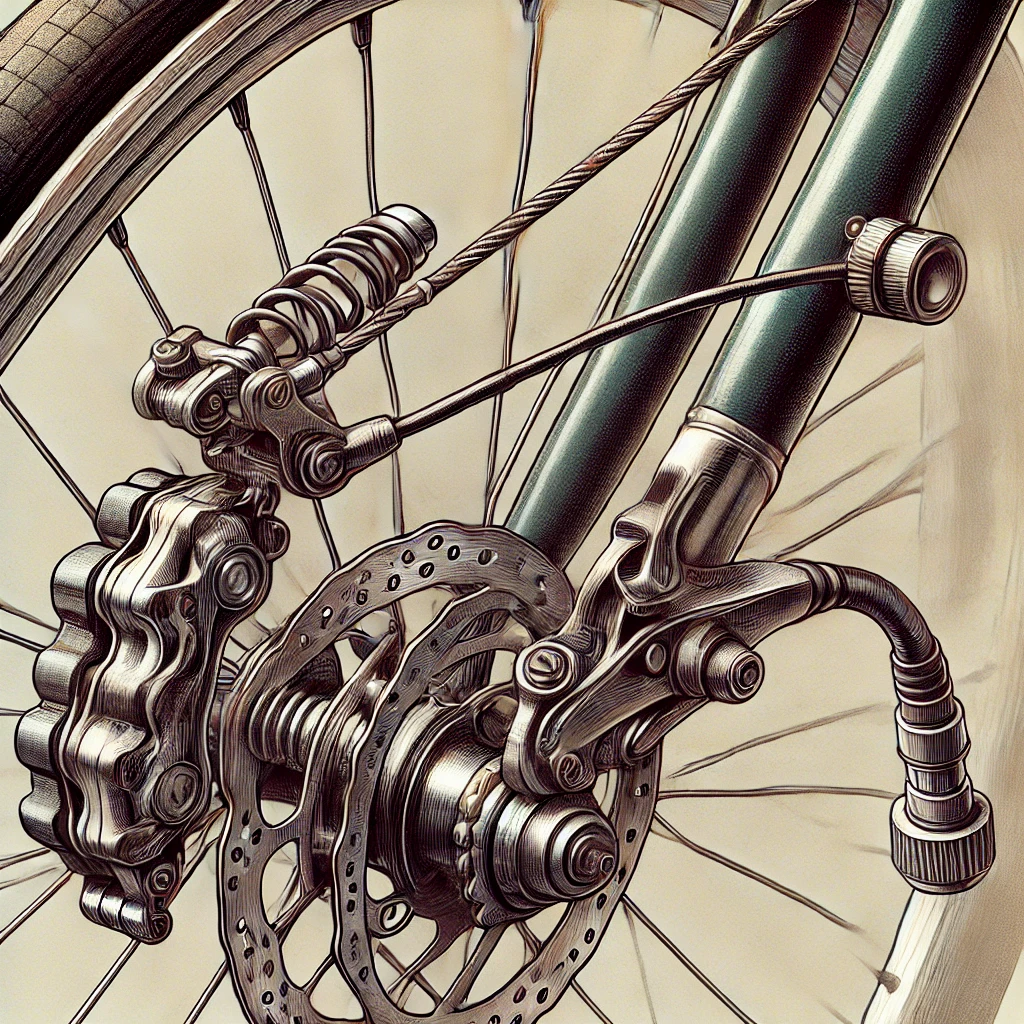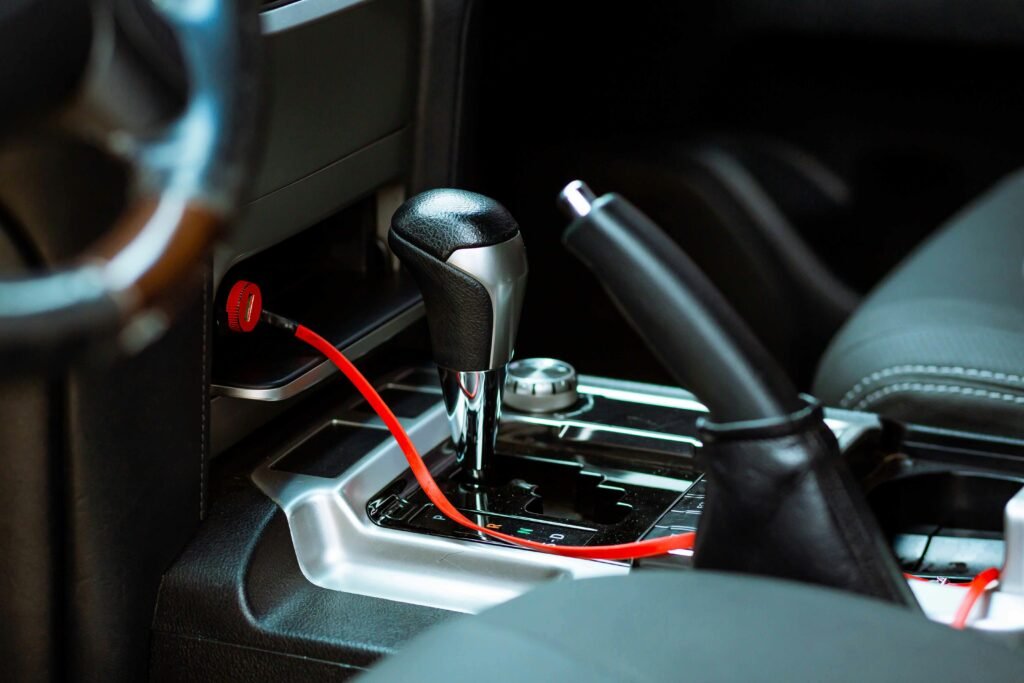Many types of brakes
- AeroDrive Venture
- December 6, 2024
- Category : Blog
Where there is motion, there is a need for something to stop that motion and convert it into a static state. A brake is that essential ‘something’ that halts motion, typically by using friction or other mechanisms. The ability to stop motion and transition it into a static state is vital across countless applications, from vehicles to industrial machinery. Even your hand, when used to stop a slowly rotating object, can be considered a brake, as it prevents the object from continuing its rotation.
Determining exactly how many types of brakes exist worldwide is challenging, as innovations continually expand the list or there may be mechanisms acting as brakes that we have yet to fully understand or classify. However, brakes can broadly be categorized into the following types.

Mechanical Brakes
Mechanical brakes are the most traditional and simplest form of braking mechanism. They work through direct physical contact and mechanical force. Imagine a bicycle brake: when you squeeze the lever, brake pads press against the wheel rim, creating friction that slows down or stops the wheel. These brakes rely on leverage, springs, and physical pressure to create stopping power.
Common examples include:
- Drum brakes
- Disc brakes
- Band brakes
- Shoe brakes
Hydraulic Brakes
Hydraulic brakes use fluid pressure to transmit force and create braking action. When you press a brake pedal, hydraulic fluid transfers that pressure to the brake components, multiplying your original force. This makes hydraulic brakes incredibly efficient and powerful.

Air Brakes
Air brakes use compressed air to create braking force. They’re predominantly used in large vehicles like trucks, buses, and trains where high stopping power is crucial. When the brake pedal is pressed, compressed air pushes brake shoes against drums or applies pressure to brake pads.

Electromagnetic Brakes
These modern brakes use electromagnetic forces to create friction and stop motion. An electromagnetic coil generates a magnetic field that creates resistance, effectively slowing down or stopping rotation. They’re silent, precise, and require minimal maintenance.

Electric Brakes
Electric brakes convert electrical energy into mechanical braking force. They can quickly stop or control the speed of motors and rotating equipment. By applying an electric current, these brakes create a magnetic field that generates resistance.

Vacuum Brakes
Primarily used in older train systems, vacuum brakes utilize atmospheric pressure difference to apply braking force. A vacuum creates a pressure differential that pushes brake components together, stopping the vehicle.

Engine Brakes
Engine brakes slow down a vehicle by using the engine’s compression. Instead of using external friction, they convert the engine into a resistance mechanism. Commonly found in diesel engines and large trucks.

Frictionless Brakes
An emerging technology that stops motion without traditional friction. These might use magnetic fields, fluid dynamics, or other innovative methods to create resistance.

Parking Brakes
Designed to keep a vehicle stationary when parked, these brakes prevent unintended rolling. They can be mechanical, hydraulic, or electronic.

Dynamic Brakes
These brakes convert kinetic energy into another form of energy (often electrical) during the stopping process. Electric trains and some hybrid vehicles use this technology to recover energy.

Fluid Brakes
Using liquid or gas to create resistance and slow down motion. They’re often used in industrial applications where precise speed control is necessary.

That’s all for today, brake enthusiasts!
We’ve taken an incredible journey through the world of brakes – from understanding their fundamental purpose to exploring the diverse types that help us control motion in countless machines and vehicles. It’s amazing how something as seemingly simple as a brake can be so complex and crucial to our daily lives.
In our next adventure, we’ll zoom in and get up close with each brake type. Imagine diving deep into the intricate mechanisms of drum brakes, understanding how disc brakes work their magic, and uncovering the science behind electromagnetic and fluid brakes. We’ll explore not just how they function, but where and why they’re used.
Have you ever wondered how the brakes in a massive industrial machine differ from those in your car? Or how aircraft manage to stop safely after landing? Stay tuned, because we’re going to answer all these questions and more!
